Fichas de aprendizaje ABBOT ELEMATNAR | Quizlet
1/62
There's no tags or description
Looks like no tags are added yet.
Name | Mastery | Learn | Test | Matching | Spaced |
|---|
No study sessions yet.
63 Terms
Cardiovascular system
heart, veins, and arteries
Respiratory system
mouth, lungs, and larynx
Muscular system
Muscles, tendons, and ligaments
Nervous system
brain, spinal cord, and nerves
integumentary system
skin, mucous membranes, hair, and nail
Lymphatic system
vessels, ducts, nodes, and organs. Provides defense against infection.
Endocrine system
glands that secrete hormones
distal
farther from the origin of a body part or the point of attachment of a limb to the body trunk
Proximal
Closer to the point of attachment
24 (2 sets of 12)
How many ribs?
Right atrium, right ventricle, left atrium, left ventricle
four chambers of the heart
Femur
Longest bone in body (upper leg)
Humerus
bone in upper arm
tibia
larger one of two bones making up lower leg
Fibula
The lateral and smaller bone of the lower leg
Stapes
smallest bone on body, in ear
Xiphoid process
lower, narrow portion of the sternum
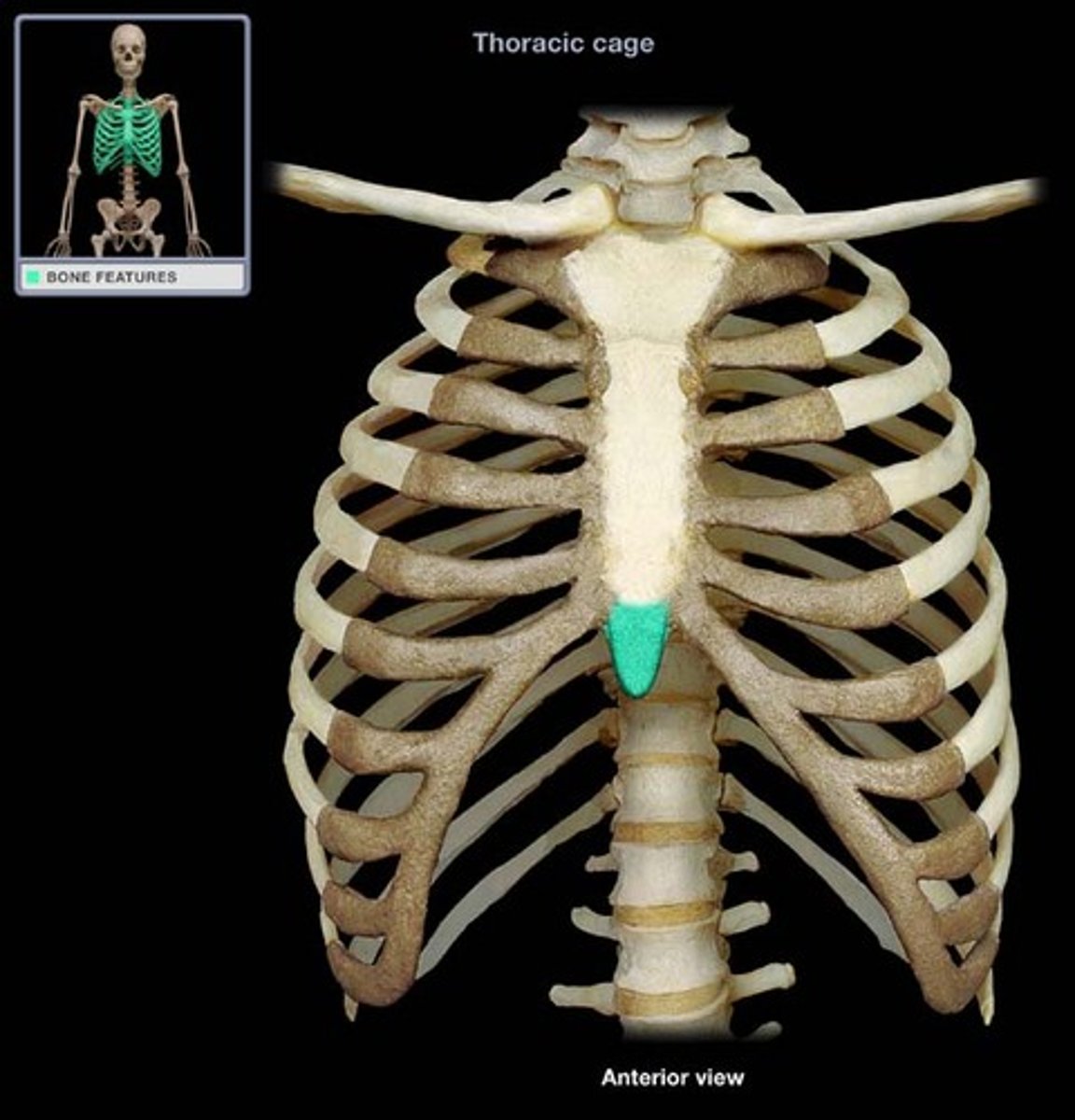
bronchi
The passages that direct air into the lungs
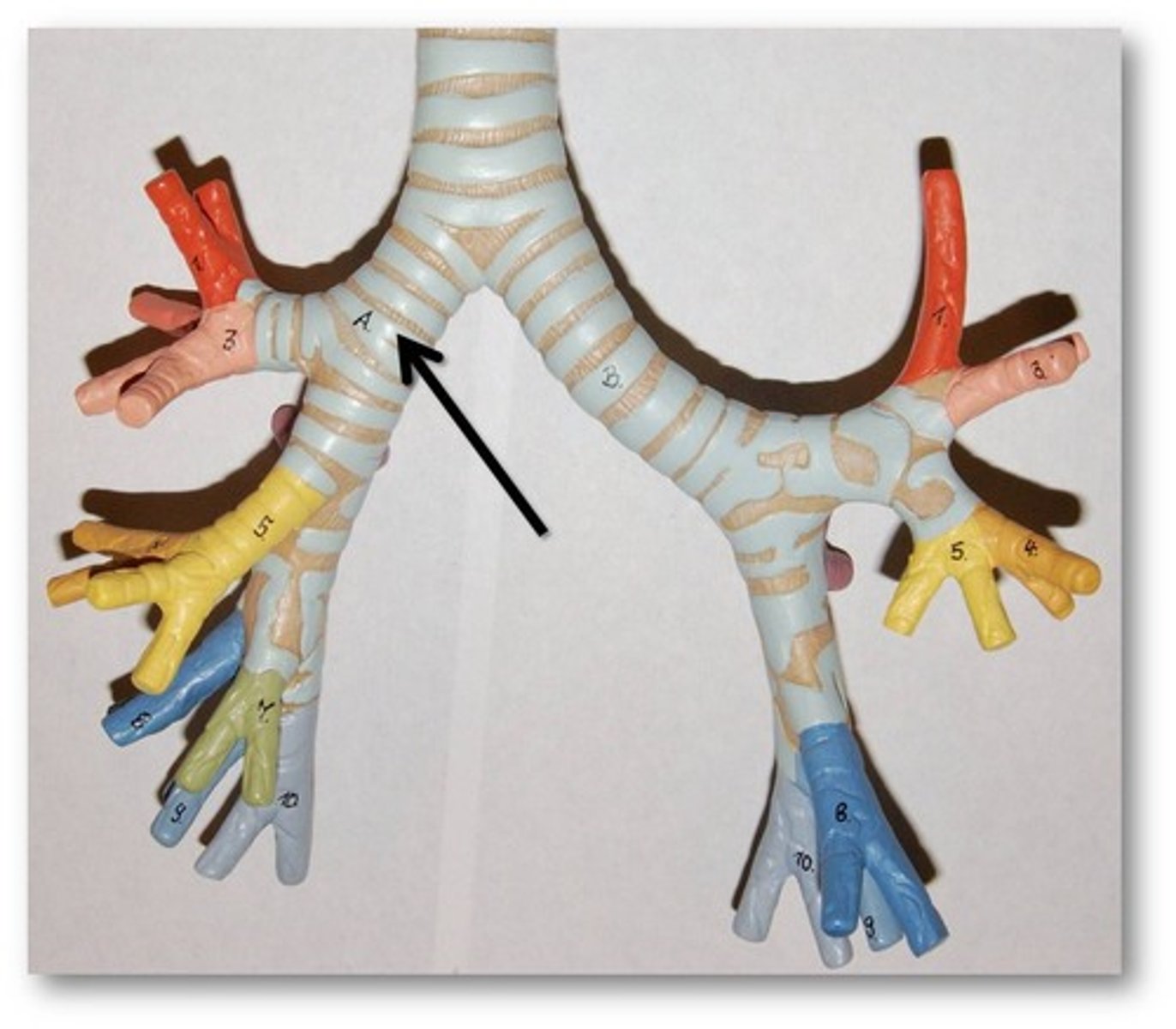
Alveoli
tiny sacs of lung tissue specialized for the movement of gases between air and blood
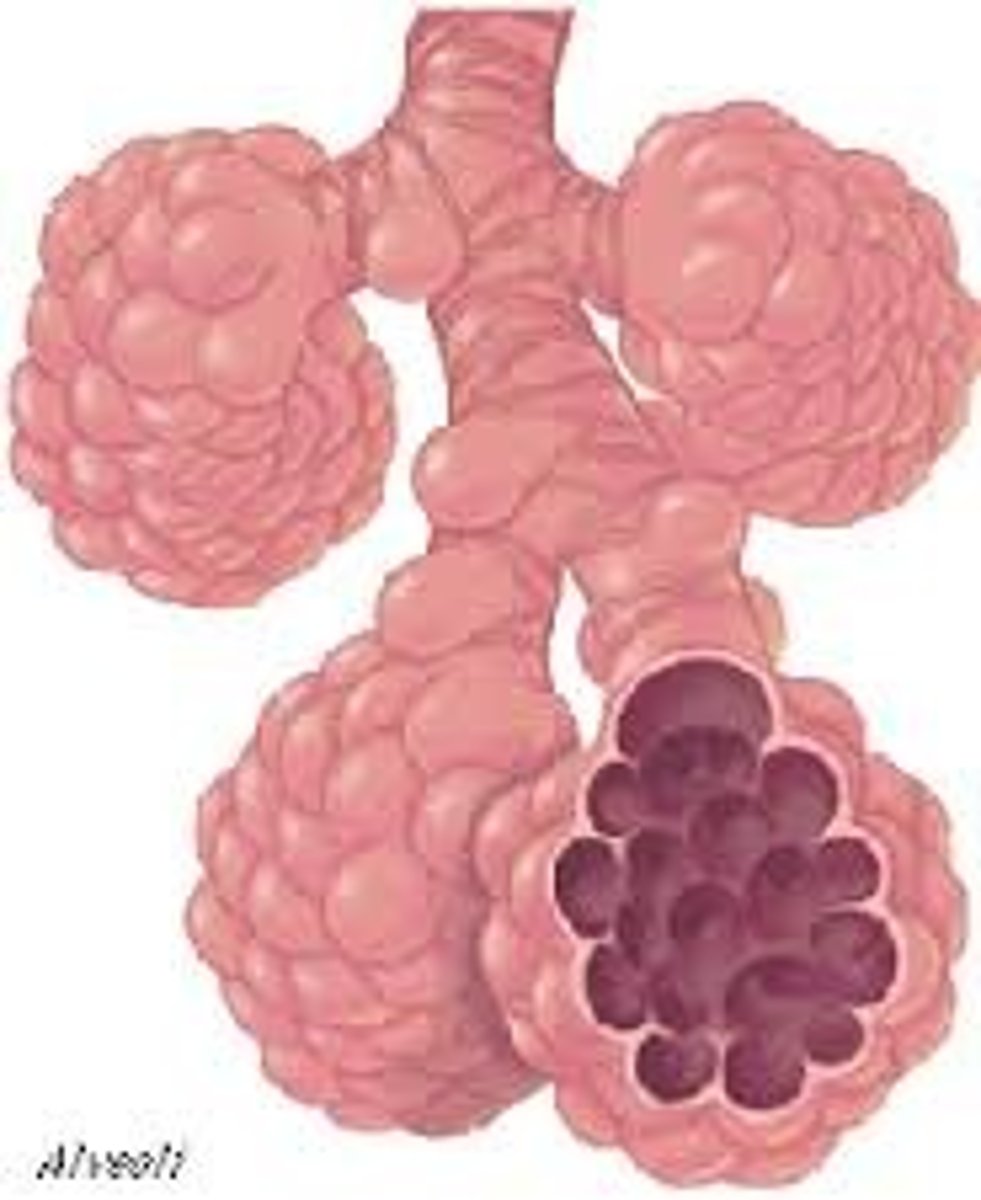
Bronchioles
smallest branches of the bronchi
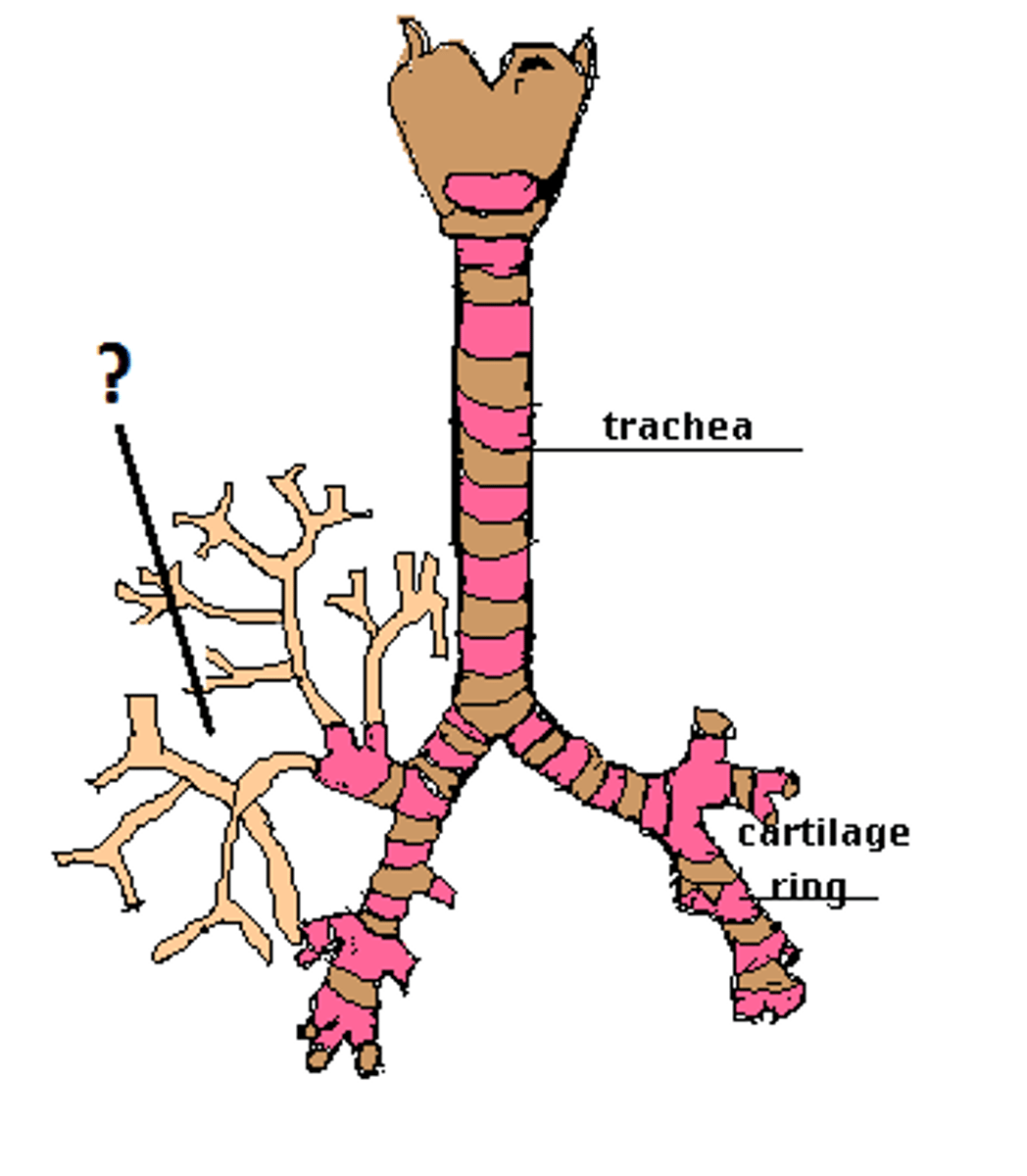
Veins
return deoxygenated blood to the heart
colon
absorb water during digestion
Arteries
carry oxygenated blood away from the heart
Digestive system
Breaks down food into absorbable units that enter the blood for distribution to body cells.
Dura Mater
thick, outermost layer of the meninges surrounding and protecting the brain and spinal cord
Epidural space
space between the dura mater and the wall of the vertebral canal
pia mater
thin, delicate inner membrane of the meninges
arachnoid mater
middle layer of the meninges
Meninges
three protective membranes that surround the brain and spinal cord
46 (2 sets of 23)
How many chromosomes in somatic cell?
Hyperosmosis
Water diffuses in and must be removed
hypercarbia
Increased carbon dioxide level in the bloodstream. (Causes us to breathe)
Hypertension
high blood pressure
Hypotension
low blood pressure
Hypoxia
Low oxygen saturation of the body, not enough oxygen in the blood
cardiac cells
cells of the heart's myocardium
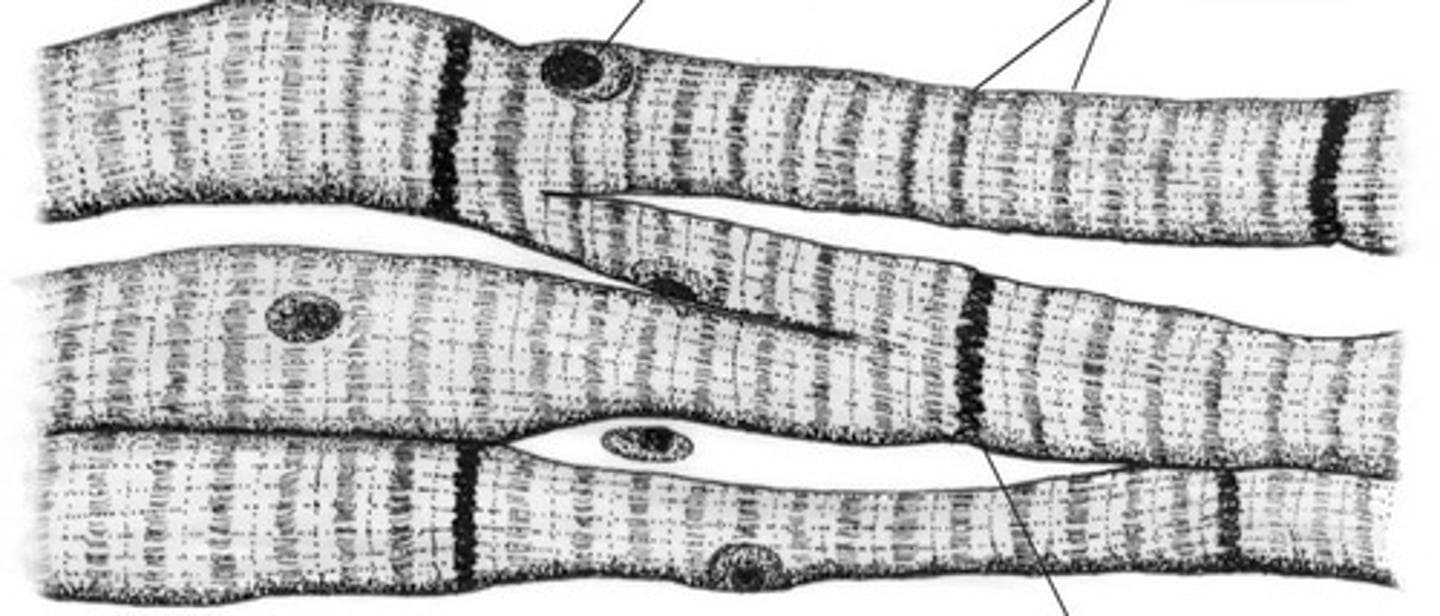
smooth cells
found in walls of organs, uninucleate, operate peristalsis, involuntarily controlled, not striated
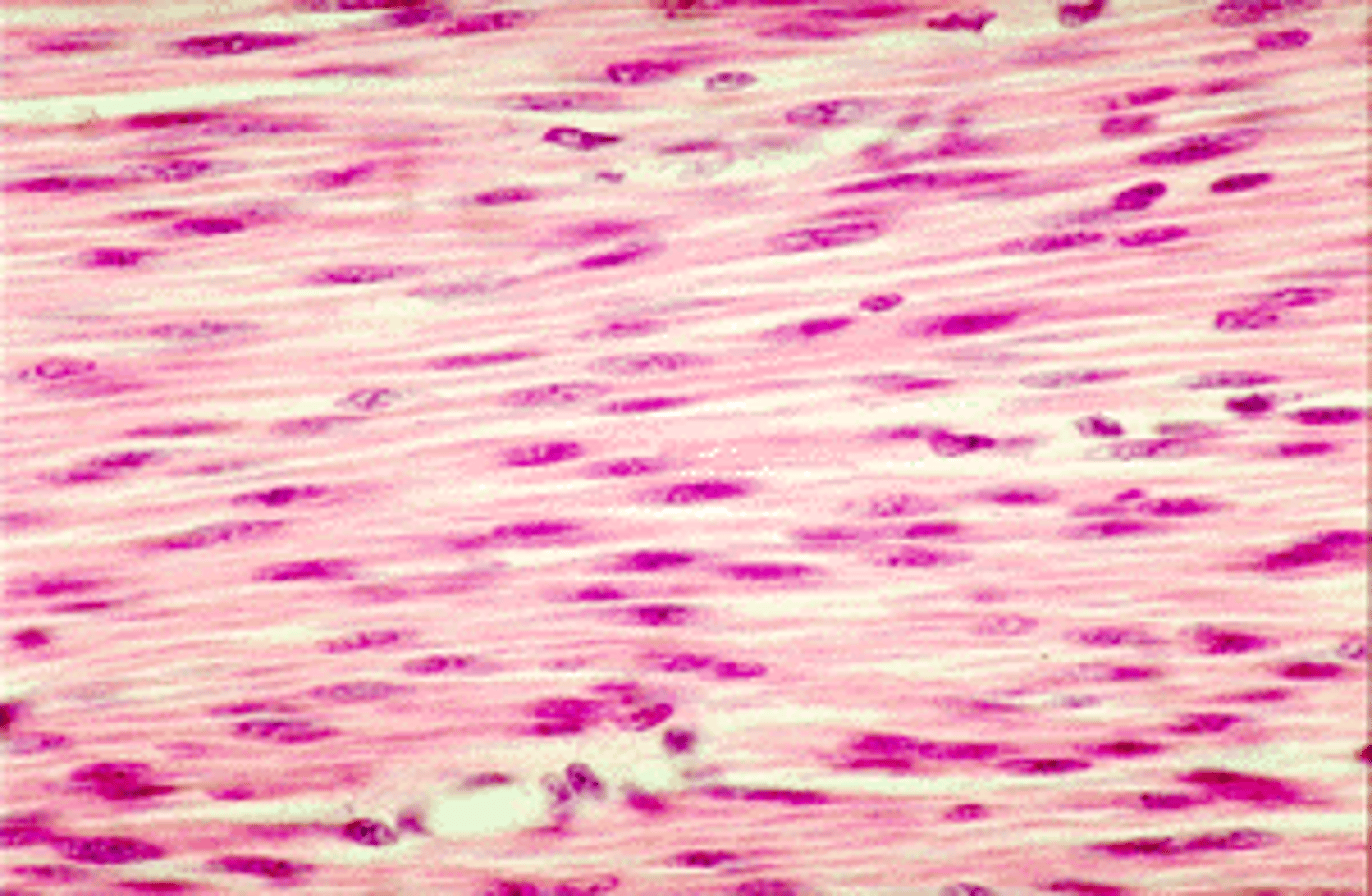
skeletal cells
contract to move bones, striated, voluntarily controlled, multinucleate
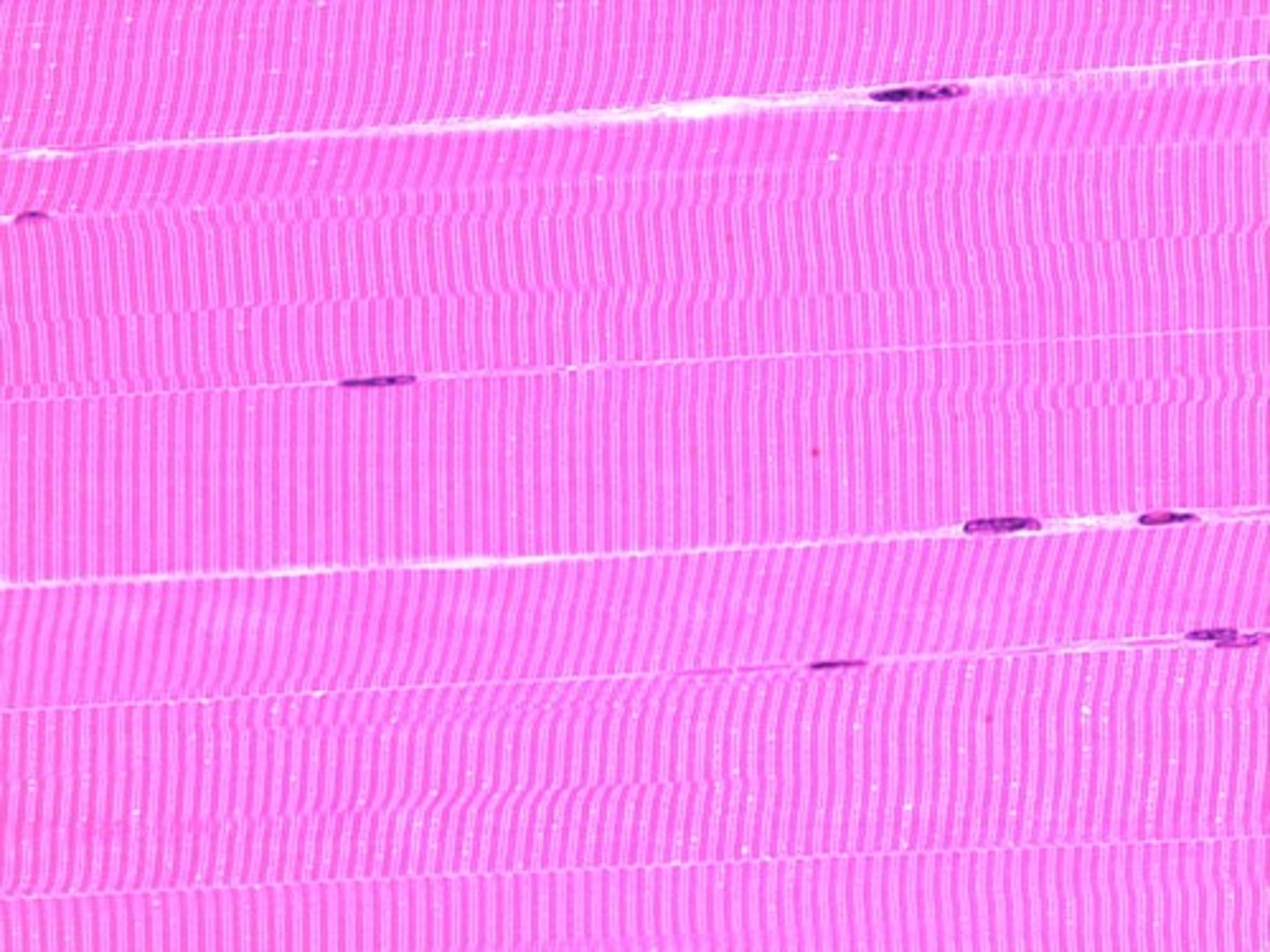
Anterior
front of the body
Transverse line
an imaginary line drawn horizontally through the waist
Posterior
back
Palmar Surface
palm of hand
-partum
birth, labor
Bilateral
both sides
brady-
slow
tachy-
fast
anti-
against, opposing
hyper-
high
hypo
low
pulmo
relating to lung
hepat
relating to liver
cardio
relating to heart
-itis
inflammation
edema
swelling
neph
related to kidney
Pharynx
Throat
Larynx
Voice Box
Trachea
Extends from Larynx to Bronchi
Cricoid
Ring shaped cartilage of larynx
Radial Pulse
Pulse found on the wrist
Brachial Pulse
Pulse found near elbow on bicep
Dorsalis Pedis Pulse
Pulse found on dorsal (top) of foot
Femoral pulse
Found on very upper thigh